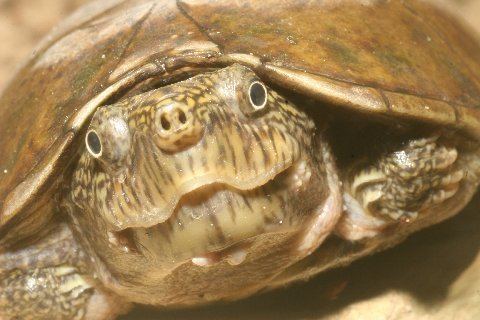Phylum Chordata Rank Species | Subphylum Vertebrata Subfamily Kinosterninae Scientific name Sternotherus depressus Higher classification Sternotherus Order Turtle | |
 | ||
Similar Turtle, Sternotherus, Loggerhead musk turtle, Reptile, Kinosternidae | ||
Flattened musk turtle in alabama
The flattened musk turtle (Sternotherus depressus) is a species of turtle in the Kinosternidae family. It is endemic to the southern United States.
Contents
- Flattened musk turtle in alabama
- flattened musk turtle sternotherus depressus
- Geographic range
- Description
- Captivity
- Threats and causes of decline
- References
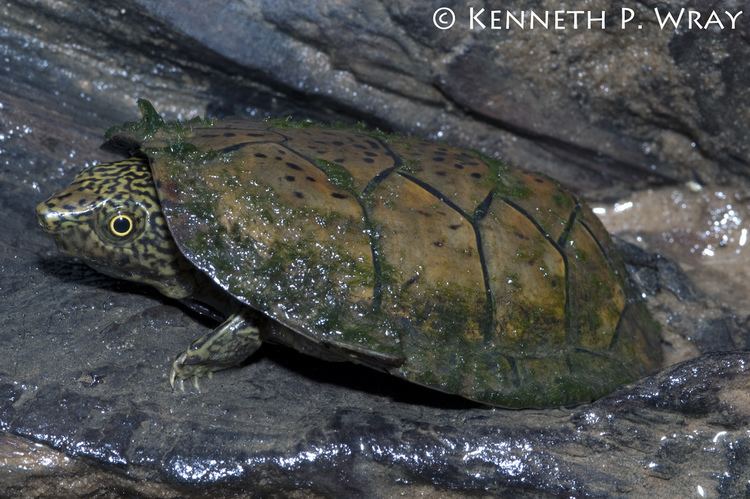
flattened musk turtle sternotherus depressus
Geographic range
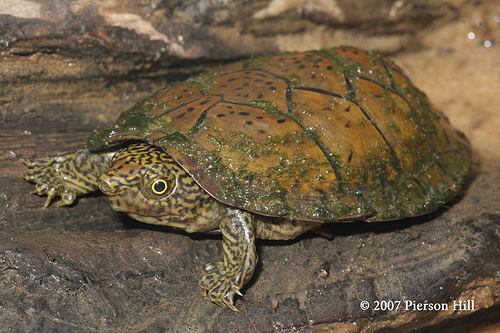
S. depressus is an Alabama endemic with a restricted range, historically inhabiting the Black Warrior River drainage of north central Alabama. Serious declines have been observed throughout its range, and it has likely been extirpated from greater than 70% of its historic range, especially in much of the Mulberry and Locust Forks of the upper Black Warrior River Basin. Sipsey Fork populations have fared significantly better due to protection offered by the Bankhead National Forest.
Description
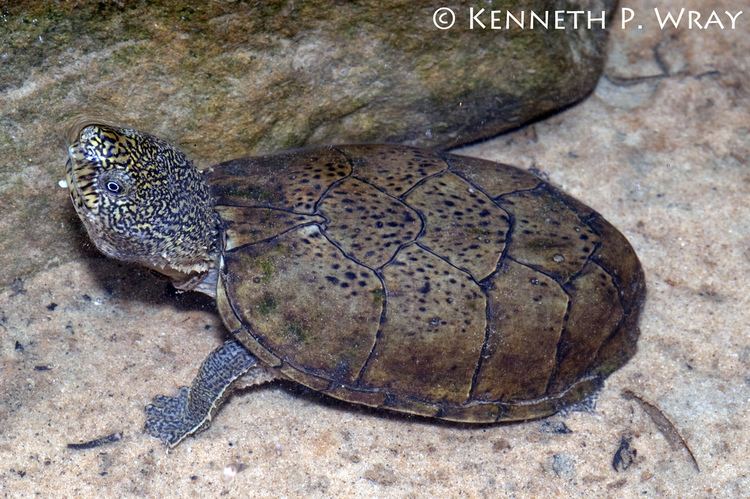
These little turtles can be 7.5–10 cm (3.0–3.9 in) in carapace length, record 11.4 cm (4 1⁄2 in). Both the common name and specific name refer to the fact that the species' carapace (upper shell) is much lower and flatter than those of the other members of the genus Sternotherus. In fact they look as if someone had accidentally stepped on them.
Captivity

Individuals of this species have survived for more than 20 years in captivity. Although reproductive rates are low for the species, S. depressus has been bred infrequently in captivity with relative success. Future propagation efforts may be key to preserving and reintroducing the species once its habitat has been restored.
Threats and causes of decline
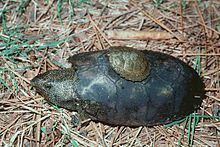
Erosion and siltation from extensive strip mining for coal and damming have been the leading causes of decline in the flattened musk turtle with clear cutting, development, and pollution also playing significant roles in habitat degradation throughout its historic range. As historically rock and bedrock bottom creeks have turned to mud and sand bottom creeks due to erosion, S. depressus has lost the rock crevices it relies on to escape predation and the high stream flow rates that characterize the streams they inhabit.
